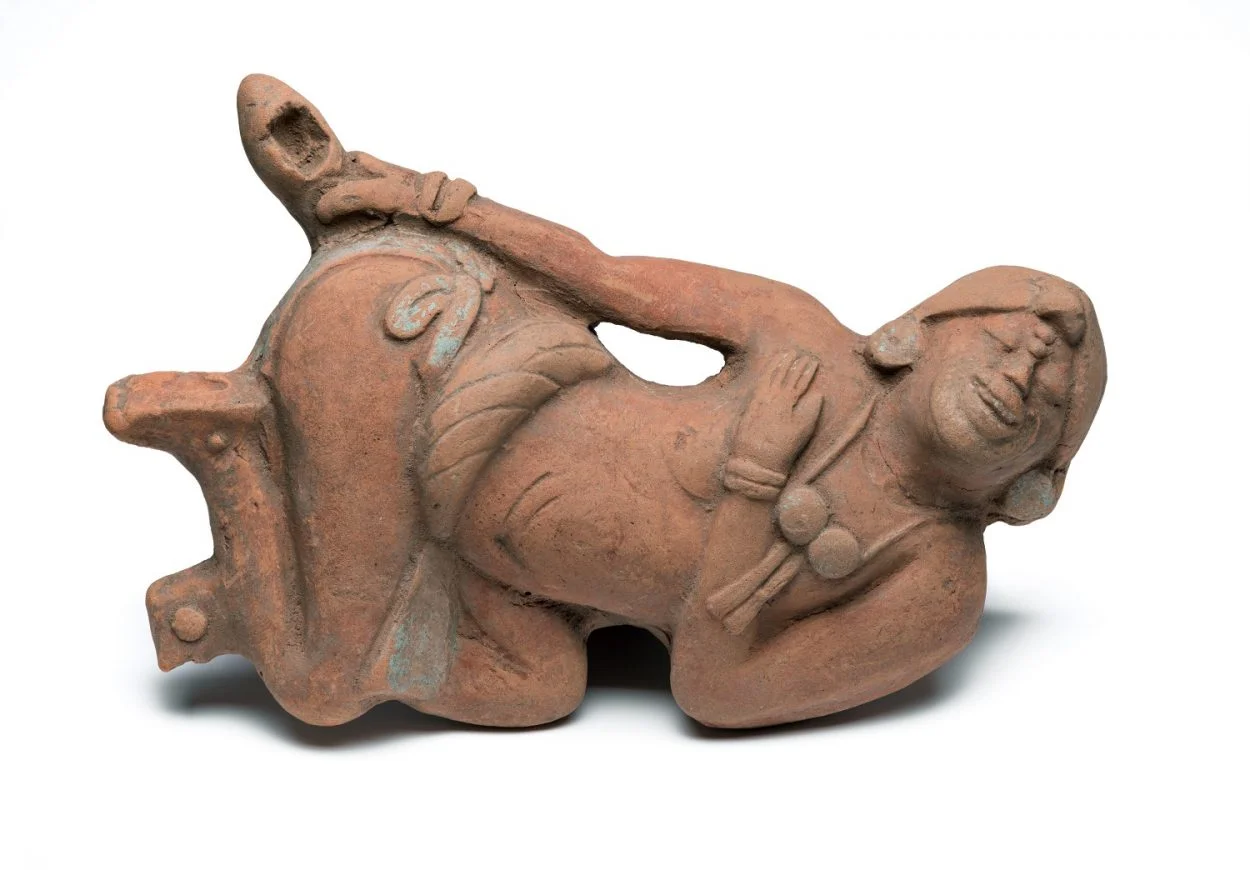The Maya and indigenous peoples of Mexico and Central America had access to hallucinogenic substances called entheogens, a form of psychedelics which were used to provoke an altered state of consciousness during spiritual rituals and ceremonies.
The purpose of these substances was to reach a state of temporal and spatial disorientation, bringing the user a sense of inner peace and in one with nature and the gods.
Consumption of entheogens in the Americas can be traced back to the Olmec era, however, our understanding of Maya entheogen use is better informed thanks to Maya religious texts such as the Popol Vuh and Spanish accounts from the 16th century.
Entheogen use during Maya ceremonies would often be held underground or in caves. These were considered sacred access points to the underworld and were thought to intensify the inner vision, providing a favourable setting for contact with the spirit world.
One of the most common Maya entheogens is an intoxicating beverage called balché, a drink infused with the bark of the leguminous tree soaked in honey, water, and then fermented to give the beverage a mild alcoholic content.
Balché was mainly used in communion ceremonies with the elements and spirits to predict or understand events such as poor harvests, illness and the outcome of wars. Due to the low alcohol content, balché was consumed in large quantities to induce vomit, which would be collected in bags and hung around the users neck.
Chih was another alcoholic drink made by fermenting the sap of the maguey plant. The sap was associated with the blood of Mayaheul, the goddess of the maguey. Different ceramic works from the Maya Classic Period produced vessels marked with the glyph ‘chi’. References to the use of the beverage also appear in the Dresden, Borgia, Florentine, and Borbonicus codices.
Wild tobacco (Nicotiana rustica), which the Maya called piziet, was also used to give visions and to minimise pain caused through self-sacrifice. Tobacco contains the alkaloid nicotine which affects the nervous system and would either be chewed, inhaled, or mixed with the leaves of Datura to enhance the hallucinogenic effect.
Liquids and gas would often be used for enemas, a procedure in which the substance was injected using syringes made of gourd and clay into the rectum to intensify the effect of the drug. Archaeological evidence provides us with ceramic goods that depict images in which psychedelic enemas were utilised in rituals; some figures are vomiting while others receive enemas.
The paintings on ceramic vessels from the Maya Late Classic Period show pots overflowing with foam from fermented drinks, depicting individuals as they receive enemas. Various descriptions from the colonial period (such as the Florentine Codex) also describe how enemas were used to combat illness and the discomfort of the digestive tract.
Hallucinogenic mushrooms known to the Maya as k’aizalaj okox was often consumed for ritual ceremonies. The mushrooms were eaten in the form of fresh, non-boiled mushrooms, or as dried powdered mushrooms that contain separate entheogenic compounds, psilocybin and psilocin, which causes the user to experience visual hallucinations. Artefacts called “mushroom stones” also point to mushroom consumption by a Maya cult and are believed to be associated with human decapitation, warfare and the Mesoamerican ballgame.
Other flora such Nymphaea ampla causes opiate-like effects on the user and is known to have been used as a calmative and mild trance inducer by the Maya, while the Ololiuqui plant contains seeds with different alkaloids of the LSD family which gives hallucinogenic visions when ground into powder and then blended into a cacao beverage.
One of the more unusual entheogens employed by the Maya was derived from the skin and the parotid glands of different toad species. 16th century chroniclers document the Maya adding tobacco and the skins of the common toad, Bufo marinus, to beverages such as balché which increased the potency.
Header Image Credit : Alamy – Copyright







